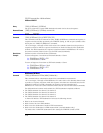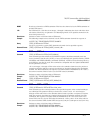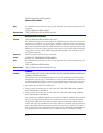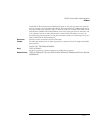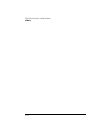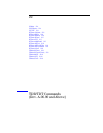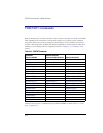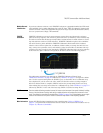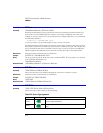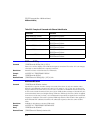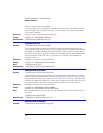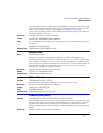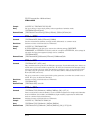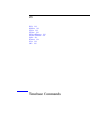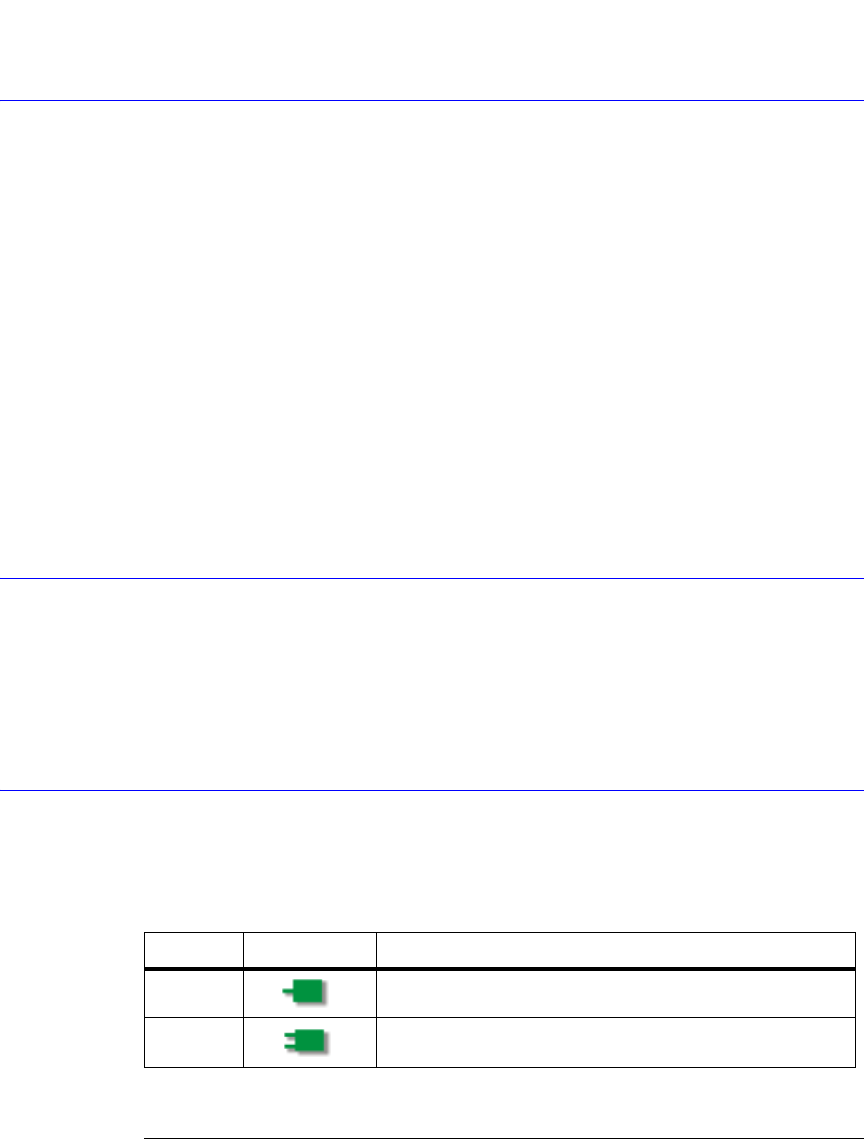
22-4
TDR/TDT Commands (Rev. A.06.00 and Above)
CONNect
CONNect
Command :TDR:CONNect CHANnel<N>, {DUTPort<N> | NONE}
Enters the measurement setup connections between the instrument channels and the test
device ports. Use the NONE argument to delete a previously established connection. For
example, to set up a return loss (s11) measurement on a single-ended device, you could send
the following command
10 OUTPUT 707;":TDR:CONN CHAN1, DUTP1"
to connect channel 1 on the TDR module to port 1 on the test device.
For differential and common-mode connections, specify either channel of the pair to connect
both paths, as both lines on a balanced connection are considered one port. For example, the
above command would connect channels 1 and 2 to port 1 on the test device. Including the
CHAN1 argument automatically selects channel 2 for the other side of the balanced line.
Restrictions Software revision A.06.00 and above. TDR mode.
Example 10 OUTPUT 707;":TDR:CONN CHAN1, DUTP1"
Query The query returns only the short form of the command, DUTP1. The long form is not returned
even if :SYSTem:LONGform is on.
:TDR:CONNect? CHANnel<N>
Returned Format [:TDR:CONNect] CHANnel<N>, {DUTPort<N> | NONE}<NL>
DUT:DIRection
Command :TDR:DUT:DIRection {FORWard | REVerse}
Selects the direction of the stimulus through the test device: forward or reverse.
Restrictions Software revision A.06.00 and above. TDR mode.
Example 10 OUTPUT 707;":TDR:DUT:DIR FORW"
Query :TDR:DUT:DIR?
Returned Format [:TDR:DUT:DIRection] {FORWard | REVerse}<NL>
DUT:TYPE
Command :TDR:DUT:TYPE {D1Port | D2Port | D2PThru | D4Port}
Selects the type of device that you are measuring.
Table 22-2. Device Type Arguments
Argument Device Type Description
D1Port One-port single-ended device
D2Port
Two-port single-ended device. Or, one port differential/common mode
input.



